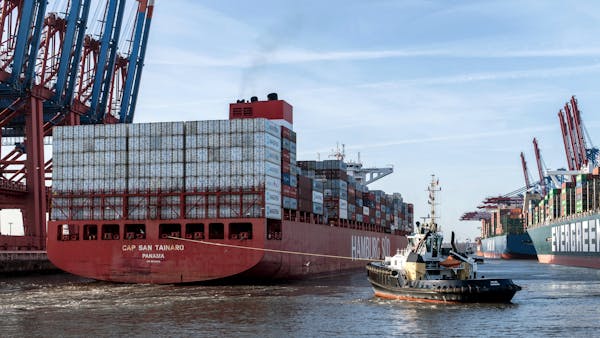Shipping Grass Cloth from Guangzhou/Shenzhen to Nassau, Bahamas: A Comprehensive Guide
1. Sea Freight from Guangzhou/Shenzhen to Nassau, Bahamas
Sea freight is one of the most common and cost-effective methods for international shipping, especially when transporting bulk goods. For shipments from Guangzhou or Shenzhen (two of China’s major ports) to Nassau, Bahamas, two main options are available:
Full Container Load (FCL):
- 20ft & 40ft Containers: When shipping large quantities of grass cloth, you can opt for Full Container Load (FCL) service, which means your cargo will fill an entire container. FCL shipping offers more control over the transport process, reduced handling, and faster customs clearance at both the departure and destination ports.
- CIF (Cost, Insurance, and Freight): With CIF shipping, the seller is responsible for the cost of the goods, insurance, and freight charges up until the goods arrive at the port of Nassau. This method ensures the buyer is covered during the journey with the added benefit of having the seller manage the logistics up to the point of delivery at the destination port.
Less than Container Load (LCL):
- Shared Shipping Option: If the quantity of grass cloth doesn’t fill an entire container, the LCL option is suitable. In LCL, your goods share space with other shipments in the same container. This option is more cost-effective for smaller shipments and can be arranged at either the 20ft or 40ft container size, depending on the shipment volume.
- Transit Time of 54 Days: The sea freight transit time from Guangzhou/Shenzhen to Nassau typically takes around 54 days, depending on the shipping line and specific route taken. This period includes port handling, customs clearance, and ocean transport.

2. Packaging of Grass Cloth for Sea Freight
The packaging of grass cloth (or similar textiles) plays a crucial role in maintaining the quality and condition of the goods throughout the transit process. For sea freight, robust and protective packaging is necessary to prevent damage during handling and while in transit.
Primary Packaging: The grass cloth should be tightly rolled or folded to prevent wrinkles, tangling, or damage during transit. Each roll or bundle is typically wrapped in plastic or a moisture-resistant layer to protect against water exposure during loading and unloading, as well as potential humidity during the long sea voyage.
Secondary Packaging: The rolls of grass cloth are then packaged into durable cardboard boxes or pallets, ensuring that each bundle is securely tied and cushioned. Using corrugated boxes or heavy-duty shrink wrap is essential for preventing external damage from impacts and rough handling at the port.
Container Loading: When shipping via FCL, the grass cloth is packed into containers with proper load planning to maximize space and ensure safety during transit. For LCL shipments, the packaging is equally important, as the cargo will share space with other goods. It’s essential to clearly label and differentiate your cargo to avoid any mix-ups with other shipments.
Handling Instructions: To protect the cargo further, labeling the packages with “Fragile” or “Handle with Care” instructions, and indicating that the goods are sensitive to moisture, will help ensure the appropriate handling at both the loading and unloading ports.

3. Port-to-Port and Customs Clearance
Port of Departure (Guangzhou/Shenzhen): Both Guangzhou and Shenzhen are well-established international ports with advanced logistics systems. Goods are transported from warehouses to the port, where they go through customs clearance procedures before being loaded onto the shipping vessel.
Port of Arrival (Nassau, Bahamas): Upon arrival at Nassau, the goods are offloaded and undergo customs inspection. As part of the CIF shipping term, the seller has already arranged for insurance, which covers any potential damages or losses during transit. The buyer will be responsible for customs duties and additional charges for clearance and local delivery.



